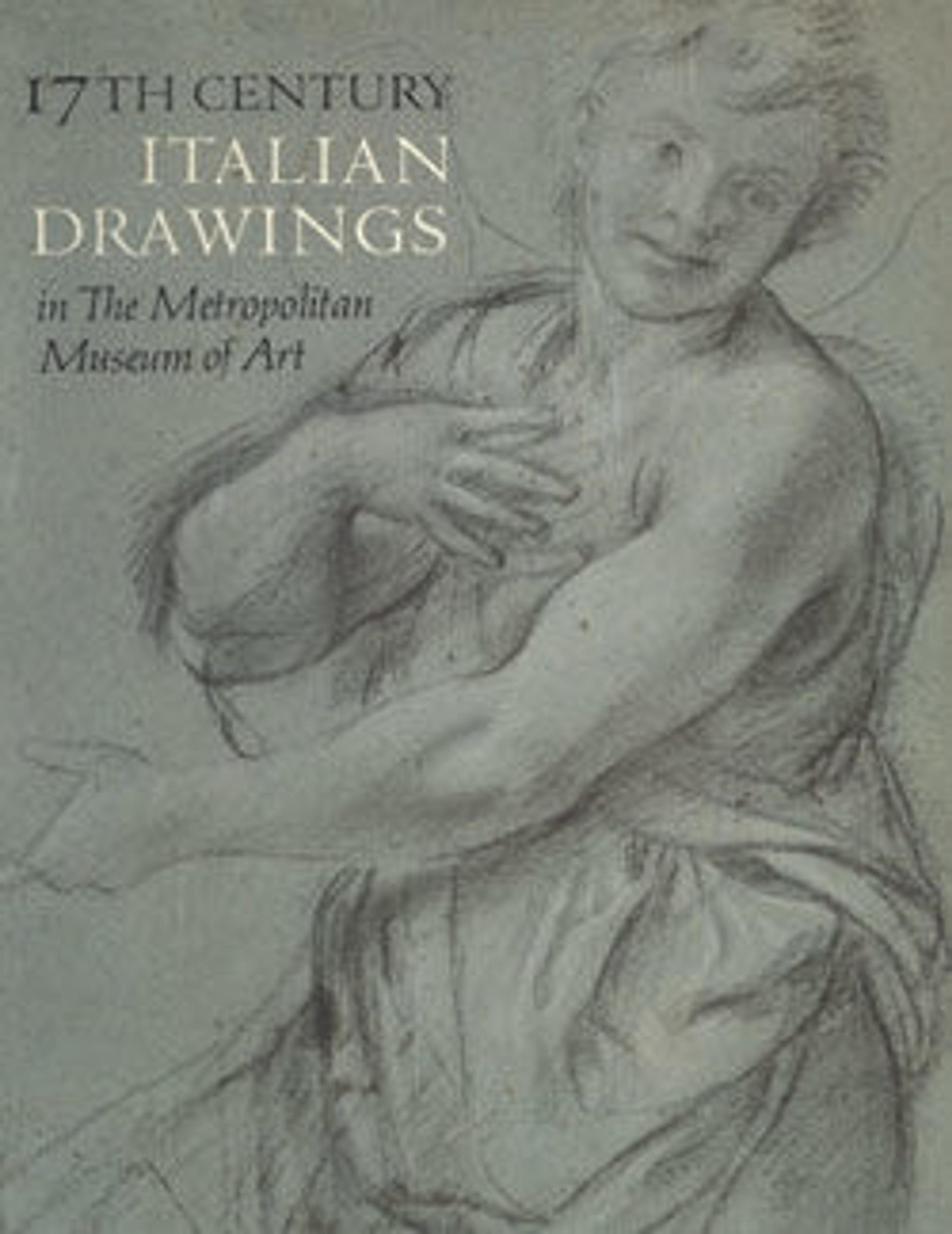The Prodigal Son Kneeling Repentant among Swine
Painter, draftsman, etcher, poet, actor, wit, satirist, and social-climber, Salvator Rosa was without doubt one of the most colorful and temperamental personalities of the seventeenth-century art world. Landscape-rugged and wild rather than pastoral or arcadian-always had a central place in his oeuvre. Unlike Dughet, Claude, and other contemporaries, however, Rosa was inspired not by the seductive, mute shadows of the ancient world that lingered in the ruins strewn across the Roman countryside, but rather by the natural landscape's more tempestuous aspect-what he described in a letter of 1662 as its "terrific beauty" and "savage wildness." It is no wonder that Rosa's sensibility has always been considered proto-Romantic. This drawing is a study for a painting by Rosa, Prodigal Son Herding Swine, executed in the early 1650s (State Hermitage Museum, St. Petersburg: see Farina 2012). Although it depicts a biblical parable, the composition might easily be mistaken for a rustic swineherd tending his flock. The towering tree is as much a subject as the kneeling figure, reflecting the importance Rosa accorded to landscape, not only as a subject in its own right, as in his heroic landscape paintings and drawings, but also as an expressive setting for sacred and mythological compositions.
Artwork Details
- Title:The Prodigal Son Kneeling Repentant among Swine
- Artist:Salvator Rosa (Italian, Arenella (Naples) 1615–1673 Rome)
- Date:1615–73
- Medium:Pen and brown ink, brown wash, on brownish paper
- Dimensions:15-1/4 x 10-15/16 in. (38.7 x 27.8 cm)
- Classification:Drawings
- Credit Line:Rogers Fund, 1966
- Object Number:66.1
- Curatorial Department: Drawings and Prints
More Artwork
Research Resources
The Met provides unparalleled resources for research and welcomes an international community of students and scholars. The Met's Open Access API is where creators and researchers can connect to the The Met collection. Open Access data and public domain images are available for unrestricted commercial and noncommercial use without permission or fee.
To request images under copyright and other restrictions, please use this Image Request form.
Feedback
We continue to research and examine historical and cultural context for objects in The Met collection. If you have comments or questions about this object record, please contact us using the form below. The Museum looks forward to receiving your comments.
